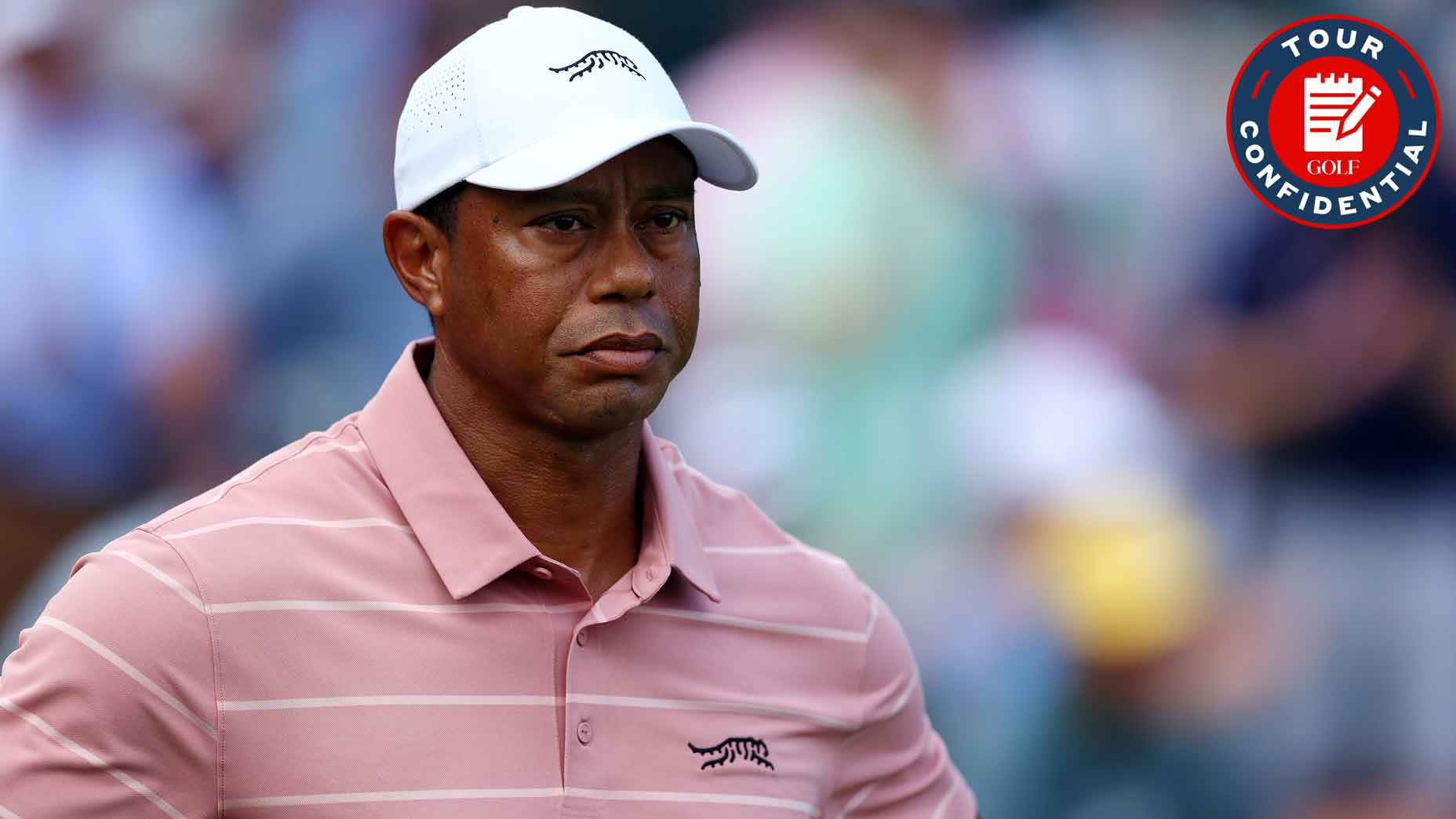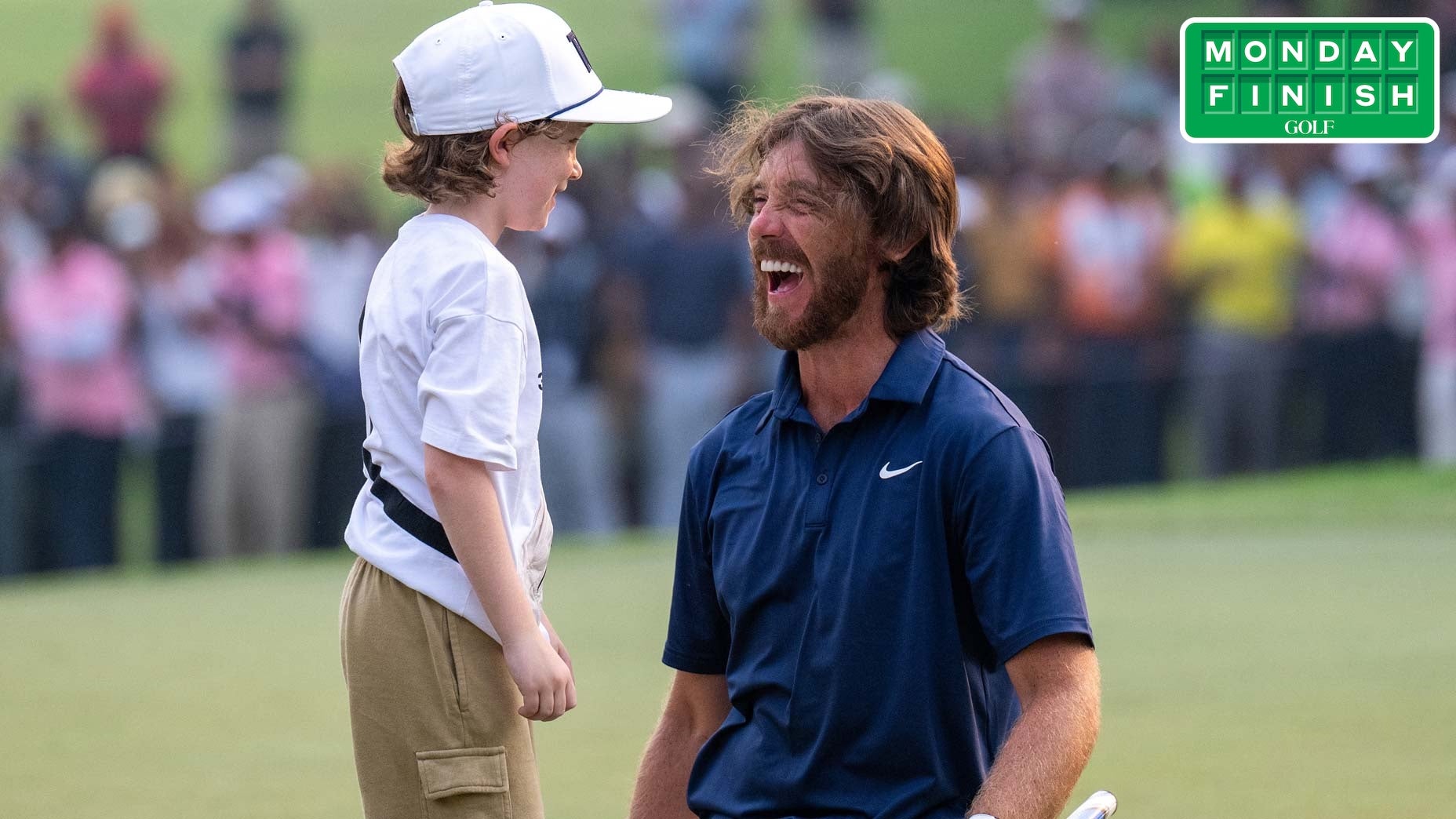News
Q-School rule change could bring chaos amid packed leaderboard
With nearly 20 players within two shots of the PGA Tour Q-School lead, drama is ensured this weekend. A rule change could invite more chaos.Tour Confidential: Tiger Woods takeaways, future PGA Tour schedule logistics
We discuss Tiger Woods’ first public comments in months, the potential for a new PGA Tour schedule, Rory McIlroy’s major prospects and more.Tour Confidential: Will Tiger Woods actually play on Champions Tour?
GOLF’s writers discuss whether Tiger Woods will play on the Champions Tour, what to make of The Skins Game’s return and more.Tour Confidential: Jeeno Thitikul greatness, Tour changes, Top 100 courses
GOLF’s editors and writers discuss Jeeno Thitikul’s greatness, PGA Tour changes, Top 100 courses and more in Tour Confidential.Tour Confidential: Was 2025 Rory McIlroy’s best season ever?
We discuss Rory McIlroy’s Race to Dubai title and memorable 2025 season, wonder what’s held Nelly Korda back and lots more.Tour Confidential: What’s behind LIV’s major change? Does it help?
LIV Golf’s sudden change is made with multiple reasons in mind. We debate about who stands to benefit from it most.Tour Confidential: Does LIV Golf need to add another star?
Our Tour Confidential panel discusses LIV Golf’s offseason, St. Andrews’ renovations and the recent Masters exemption change.Tour Confidential: Will Keegan Bradley get another Ryder Cup chance?
Our Tour Confidential panel discusses Keegan Bradley’s Ryder Cup future, the PGA Tour’s scheduling questions, Yani Tseng’s win and more.Welcome to the strangest week of the pro golf schedule
The PGA and DP World Tour seasons just ended. So why are Scottie Scheffler, Rory McIlroy and Viktor Hovland each playing different events?5 unexpected winners entering pro golf’s ‘offseason’ | Monday Finish
Anthony Kim had a first in 14 years, the World No. 1 snuck up on us, a LIV signing could create opportunity and more in the Monday Finish.Ex-LIV pros find new homes (plus 9 other stories!) | Monday Finish
This week had Rory. Fitz. A one-handed putter. A cross-handed chipper. A Lambo. Ex-LIV pros. New PGA Tour pros. Much more in the Monday Finish.10 surprising golf stories flying under the radar | Monday Finish
Sometimes little stories are a big deal. These 10 include Rory, Scottie, the Internet Invitational, an ex-LIV golfer, a brand-new event and more.LIV Golf faces 5 fascinating offseason questions | Monday Finish
LIV questions — plus the PGA Tour’s step-skipper, the righty putter who’s found lefty success and much more in the Monday Finish.Tommy Fleetwood just won Act 3 of this pro golf season | Monday Finish
Tommy Fleetwood turned his darkest hour into a springboard. He took over this chapter of the golf season. And he granted his son’s wish.First came a 4-putt. Next? A miraculous comeback | Monday Finish
Jeeno Thitikul’s bounceback, Rory McIlroy’s India trip, Jon Rahm’s unanswered question, retirement thoughts and more in the Monday Finish.Golf fans could be about to save big on their cable bill
A new bundle announced by YouTube TV could save golf fans cash on their monthly cable bill. Here’s what you need to know.Is pro golf one of the few ‘AI-proof’ bets? This Hollywood legend thinks so
Legendary sports exec Ari Emanuel laid out the compelling case for sports in the AI world in an interview on ‘Invest Like The Best.’Colt Knost opens up on CBS tower promotion, TV goals, criticism
Colt Knost will succeed Ian Baker-Finch in the CBS booth beginning in 2026, the latest promotion in a rapid rise in golf TV.Made-for-TV golf matches need a boost. Here are some ideas
Made-for-TV golf matches like the Skins Game are here to stay, but how would we improve them? GOLF’s Sean Zak and James Colgan discuss.Golf’s winter of made-for-TV raises a few awkward questions
Skins Games, Golf Channel specials and TGLs, oh my! Golf’s silly season is upon us, but will fans follow suit?The secret truth of the ESPN-YouTube TV feud
Some suggested ESPN’s feud with YouTube TV was driven by an old-school greed playbook, but the truth is a little more complicated.5 takeaways from a Bryson DeChambeau YouTube deep dive
Bryson DeChambeau is the king of golf on YouTube, but a journey through his handles reveals there’s a careful strategy underpinning it all.Latest in News

Join InsideGOLF today!
For only $39.99/year, you’ll get access to exclusive content and also a host of discounts and promotions, including…
- LIMITED TIME OFFER: $25 Credit to Ghost Golf
- AD-FREE Experience on GOLF.com
- FREE Dozen Srixon Golf Balls
- $20 Instant Credit at Fairway Jockey
- One Year (8 issues) of Golf Magazine (+$79 Newsstand value) – U.S. members Only
- +600 Issue Golf Magazine Digital Archive (1959-Present)
- Bucket-List golf trips and experiences
- FREE True Spec Fitting with any club purchase
- $100 OFF qualified purchases at Miura and Fairway Jockey
- 50% OFF new Golf Logix App/membership
- Plus so much more!





























